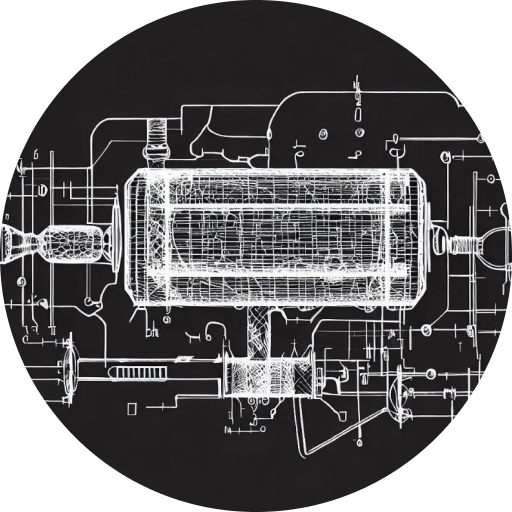Maintaining a Clean Catalytic Converter: Effective Methods
Introduction:
Keeping your catalytic converter clean is crucial for its optimal performance and longevity. Over time, the converter can become contaminated with carbon deposits, oil residues, and other pollutants, leading to reduced efficiency and potential damage. In this step-by-step guide, we will explore effective methods to maintain a clean catalytic converter, ensuring its proper functioning and minimizing emissions. For more detailed information on catalytic converters and related topics, visit the Catalytic System website (https://www.catalyticsystem.com).
Step 1: Regular Vehicle Maintenance
One of the most important ways to maintain a clean catalytic converter is to follow a regular vehicle maintenance schedule. This includes changing the engine oil and filters at recommended intervals, ensuring proper fuel and air filter maintenance, and addressing any engine issues promptly. By keeping your engine running smoothly and efficiently, you can minimize the risk of excessive carbon buildup in the converter.
Step 2: Use High-Quality Fuel
Opting for high-quality fuel can contribute to a cleaner catalytic converter. Premium fuels often contain detergents that help reduce carbon deposits and keep the combustion process cleaner. Regularly using a fuel additive designed to clean fuel injectors and combustion chambers can also help maintain the converter’s cleanliness.
Step 3: Avoid Excessive Idling
Excessive idling can lead to the accumulation of carbon deposits in the catalytic converter. Whenever possible, avoid prolonged periods of idling, especially in urban traffic or during warm-up periods. This helps prevent the buildup of unburned fuel and carbon residues, reducing the strain on the converter.
Step 4: Monitor Engine Performance
Keep an eye on your vehicle’s engine performance to detect any issues that may impact the catalytic converter. Pay attention to warning signs such as decreased fuel efficiency, rough idling, or the illumination of the check engine light. Timely diagnosis and repair of engine problems can prevent further damage to the converter.
Step 5: Perform Regular Decarbonization
Periodic decarbonization of the engine can help maintain a clean catalytic converter. This process involves removing carbon deposits from the combustion chambers, valves, and intake manifold. Consult your vehicle’s manufacturer guidelines or seek professional assistance to determine the appropriate decarbonization method for your specific engine.
Step 6: Professional Inspection and Cleaning
For a thorough cleaning and maintenance of your catalytic converter, consider a professional inspection and cleaning service. Qualified technicians can use specialized equipment to clean the converter and remove any stubborn deposits. Professional cleaning helps restore the converter’s efficiency and prolong its lifespan.
Conclusion
By following these steps, you can effectively maintain a clean catalytic converter and ensure its optimal performance. Remember to prioritize regular vehicle maintenance, use high-quality fuel, avoid excessive idling, monitor engine performance, perform periodic decarbonization, and consider professional inspection and cleaning when necessary. For more detailed articles on catalytic converters and related topics, we recommend reading:
“Maintaining a Clean Catalytic Converter: Effective Methods” (https://www.catalyticsystem.com/maintaining-clean-catalytic-converter)
“Identifying a Bad Catalytic Converter: Key Indicators” (https://www.catalyticsystem.com/identifying-bad-catalytic-converter)
Keep your catalytic converter in top condition to ensure optimal vehicle performance and environmental sustainability.
- Upgrade Your Honda Accord with the Best Catalytic Converter for Enhanced Performance - October 30, 2023
- Boost Your Chrysler 300’s Performance with a High-Quality Catalytic Converter - October 30, 2023
- Enhance Your Jeep Liberty Performance with a Catalytic Converter - October 30, 2023









